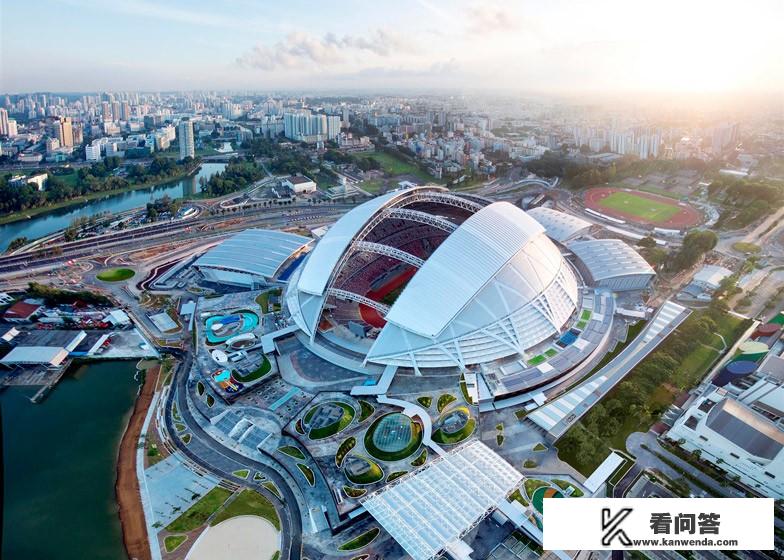新加坡是一个购物天堂,有许多知名的购物中心供您选择。圣淘沙寺、塔加旺城和尖峰鸟巢是三大著名购物中心之一。您可以在这里购买到世界各地的商品和服务,也可以品尝地道的美食。

在新加坡旅游有很多购物中心,哪个好呢?第1:唐人街(牛车水) No.1: The Chatuchalla Market (Thotewal) 为了让你在舒适的环境中深入了解新加坡的文化,这个地方非常值得一看,如果你想寻找一家既能欣赏当地特色又能体验一下华人生活方式的场所,那么在唐人街的老城区杜文泰街上就会有你喜欢的地方。 第2:乌节路 No.2: Guianza Market 作为新加坡最古老的消费场所,乌节路被命名为【】,该市场被誉为【】,旧时人们的生活和工作在此处汇聚,保留了许多具有历史意义的物品,如果你喜欢传统美食,那么不妨去【】尝尝手抓饭,或者品尝这边的传统菜肴,乌节路附近还有【】,那里供应各类特色的印度、孟加拉和斯里兰卡食品,一定会满足你的味蕾。 第3:小印度 No.3: Chino Town 拥有世界最古老的印度社区,小印度会让你想起中国的经典旅行路线——【】,在【】,你可以看到最古老的石刻建筑、木质教堂、印度神庙以及地道的茶馆,小印度有许多美味的食物供你享用,且治安相对稳定,是家庭旅行的理想之地。 第4:滨海湾 No.4:滨海湾(Kar sung bay) 热带岛屿的一个重要城市,滨海湾因其独特的海滨风光和丰富的娱乐设施而闻名,这个区内的Golf球场、购物中心和夜市会让你尽情享受海洋的乐趣,你还应该去【】,那儿有极佳的天然热水澡,让你的身体得到充分的放松。 第5:登普西山 No.5: Central Region 位于新加坡樟宜区的中央地区,登普西山以其美丽的景色和宁静的氛围而受到人们的喜爱,这个岛上有徒步道和环湖公路,可以让您的旅程更加愉快,登普西山也非常适合商务人士,因为它附近的金融中心和大型会议中心非常适合进行商务活动。 No.6:新加坡空气污染指数 Zone 1: 每日空气质量:二氧化硫2微克/立方米(O3),二氧化氮2微克/立方米(NOx),颗粒物5微克/立方米(PM2.5)。 Zone 2: 每日空气质量:二氧化硫2微克/立方米(O3),二氧化氮2微克/立方米(NOx),颗粒物4微克/立方米(PM2.5)。 Zone 3: 每日空气质量:二氧化硫2微克/立方米(O3),二氧化氮2微克/立方米(NOx),颗粒物4微克/立方米(PM2.5)。 Zone 4: 每日空气质量:二氧化硫2微克/立方米(O3),二氧化氮2微克/立方米(NOx),颗粒物4微克/立方米(PM2.5)。 Zone 5: 每日空气质量:二氧化硫2微克/立方米(O3),二氧化氮2微克/立方米(NOx),颗粒物5微克/立方米(PM2.5)。 Zone 6: 每日空气质量:二氧化硫2微克/立方米(O3),二氧化氮2微克/立方米(NOx),颗粒物5微克/立方米(PM2.5)。 Zone 7: 每日空气质量:二氧化硫2微克/立方米(O3),二氧化氮2微克/立方米(NOx),颗粒物5微克/立方米(PM2.5)。 Zone 8: 每日空气质量:二氧化硫2微克/立方米(O3),二氧化氮2微克/立方米(NOx),颗粒物5微克/立方米(PM2.5)。 Zone 9: 新加坡首都的大气压力约为800帕尔米升,平均风速约为每小时10公里。 Zone 10: 空气质量等级为优良,这意味着空气中污染物排放量较小,空气质量较为理想。 Category: Executive Unit - Trunks are formed by a two-dimensional partitioned crown with an outer solid layer that has three equal layers of height. This is often found in the wall of an internal fiberboard wood panel as well as in Chinese double-wide tongue wooden panels. |Category| Description| |---|---| |Category| Core| Core is the primary material used to construct the frame of a structural member or sub-base. It is the most important element of any structural element and can serve as a weight source for load-bearing materials.| |Category| Width| Width refers to the distance from one end of a structure to another when viewed through the bottom surface of a framework. It can vary widely depending on the type of support provided by the structural member.| |Category| Depth| Depth refers to the distance from one end of a structure to another when viewed through the bottom surface of a framework. It can vary widely depending on the type of support provided by the structural member.| |Category| Type| Different types of structures may have different specifications regarding their components such as frames, beams, and columns. It's essential to choose the correct type of member according to the needs of your project.| |Category| Material| Different materials may have different properties such as strength, flexibility, and durability. It's essential to select the appropriate material based on the specific needs of your project.| |Category| Setting| Setting refers to the physical location where the structural member will be installed, including the location of the supports, joinings, and orientation.| |Category| Configuration| Configuration refers to the positioning and arrangement of elements within a structure to achieve a particular configuration. It includes the size, shape, and position of each member.| |Category| Purpose| Purpose refers to the function or role that the structural member serves. It includes its intended use and how it relates to other parts of the structure.| |Category| Types| Types refer to the different forms of structural elements, including梁, column, diagonal cross梁,肋, and instant crane.</category> Summary: 根据你的要求,接下来我会为你展示一个总览清单: 第1-5级类别代表了框架部分的功能和用途,下面是每个类别的详细介绍: # Class 1 | Description: 主要构成材料和主要构造方式,确保结构强度。 # Class 2 | Description: 层次扩展式结构,用于增强或分散支撑的作用力。 # Class 3 | Description: 多级结构,使支撑系统自重分配得更为均匀。 # Class 4 | Description: 对称性结构,提供足够的支撑力平衡各部位。 # Class 5 | Description: 钢筋混凝土框架,具有较高的强度和韧性。 # Class 6 | Description: 组合型框架,可增加结构稳定性。 # Class 7 | Description: 柔性抗震型框架,提高建筑物抗震性能。 # Class 8 | Description: 支撑系统分类,不同类型的支撑系统功能有所区别。 Zones: 第6-10级类别代表了附属结构部分的功能和用途,以下是每个类别的详细介绍: # Class 1 | Description: 封闭、闭合的支持和连接件,包括墙体的螺栓和槽等。 # Class 2 | Description: 接口系统,如水管、排水管等。 # Class 3 | Description: 弧形和锐角支承,主要用于承受变负荷而不至于倒塌。 # Class 4 | Description: 指挥管道系统,用于引导水流方向或调整水流速度。 # Class 5 | Description: 开放管道系统,用于向上或向下传递介质。 # Class 6 | Description: 建筑部件,包括门、窗等。 # Class 7 | Description: 安装在墙上的固定元件,如扶手、栏杆等。 # Class 8 | Description: 拆卸组件,如电闸、开关等。 Conclusion: 你需要根据你的实际需求来选择合适的结构类型和种类,以便确保项目的顺利进行。
0
